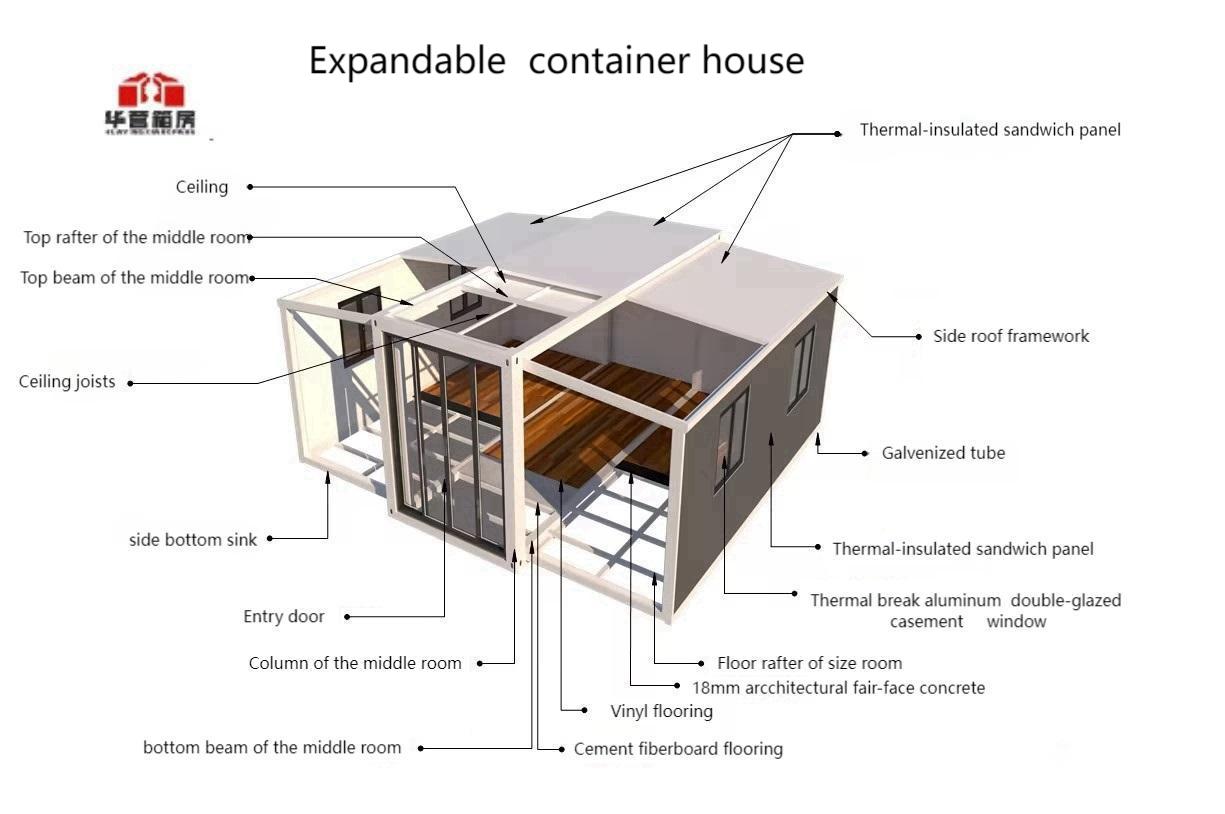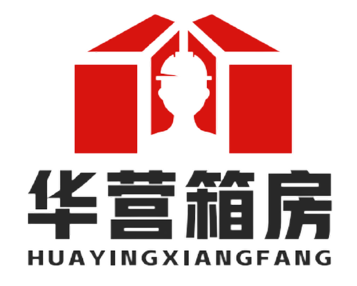China modular homes are transforming global housing with factory-built precision, cost efficiency, and rapid assembly. Discover how these innovative prefabricated structures offer customizable, sustainable solutions for residential and commercial needs, backed by cutting-edge Chinese manufacturing expertise.
What Are China Modular Homes?
Modular homes, also known as prefabricated or prefab homes, are constructed in sections (modules) within controlled factory environments before being transported to sites for assembly. China has emerged as a global leader in this sector, combining advanced automation, skilled labor, and scalable production to deliver high-quality housing at unprecedented speeds. Unlike traditional on-site construction, these modular units minimize weather delays, material waste, and labor costs while ensuring consistent structural integrity. Whether for urban apartments, rural villages, or disaster relief, Chinese manufacturers offer versatile designs—from minimalist studios to multi-story complexes—tailored to international building standards.
Why Choose Modular Homes from China?
The appeal of China modular homes lies in their unique advantages:
– Cost Efficiency: Factory production reduces expenses by 20-30% compared to conventional builds. Bulk material sourcing and streamlined processes pass savings to buyers.
– Speed of Construction: While traditional homes take months, modular units are ready in weeks. A typical 2-bedroom home can be assembled on-site in just 3-5 days.
– Quality Control: Indoor manufacturing prevents weather-related defects. Robots and precision engineering ensure every module meets rigorous safety and durability codes.
– Customization: Clients select layouts, finishes, and eco-features like solar panels or rainwater systems. Chinese factories excel at adapting designs to local climates and regulations.
– Sustainability: Reduced material waste and energy-efficient designs lower carbon footprints. Many use recycled steel and FSC-certified wood.
Seamless Installation: Watch the Process
The true innovation shines during assembly. Trained crews connect modules like building blocks, using cranes and bolted joints for stability. Plumbing and electrical systems are pre-installed, slashing on-site work. See how effortlessly these homes come together in this demonstration:
Your browser does not support the video tag.
This video highlights the minimal disruption to surroundings and the absence of extensive scaffolding or debris—key benefits for urban or environmentally sensitive areas.
Engineering Excellence: Inside the Structure
Chinese modular homes prioritize strength through intelligent design. Core features include:
– Steel Frame Systems: Lightweight yet robust frames resist earthquakes, typhoons, and heavy snow loads.
– Insulated Panels: Walls and roofs integrate high-density foam or mineral wool for thermal efficiency.
– Interlocking Modules: Precision-engineered joints ensure airtight seals and structural cohesion.
The diagram below illustrates a typical “dual-wing” layout, showcasing how modules interconnect for flexible configurations:

This design allows for easy expansion—simply add modules as needs evolve—making it ideal for growing families or businesses.
Sustainability: Building Greener Futures
China modular homes align with global eco-trends. Factories recycle 90% of construction waste, and energy-efficient features like double-glazed windows and smart HVAC systems cut long-term utility costs. Some models even achieve net-zero energy status with integrated renewables. For governments and developers, this means meeting sustainability targets without compromising affordability or speed.
The Future is Modular
As housing demands surge worldwide, China’s modular industry is poised for explosive growth. With investments in AI-driven design and robotics, these homes will become smarter, cheaper, and more customizable. For homeowners, investors, and policymakers, embracing modular construction isn’t just a trend—it’s a practical step toward resilient, accessible housing.
